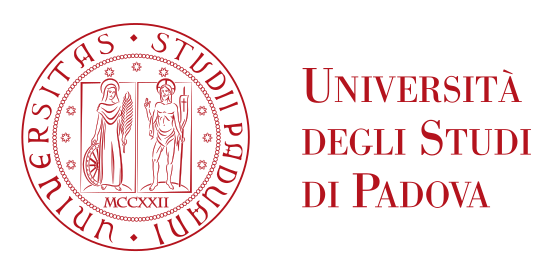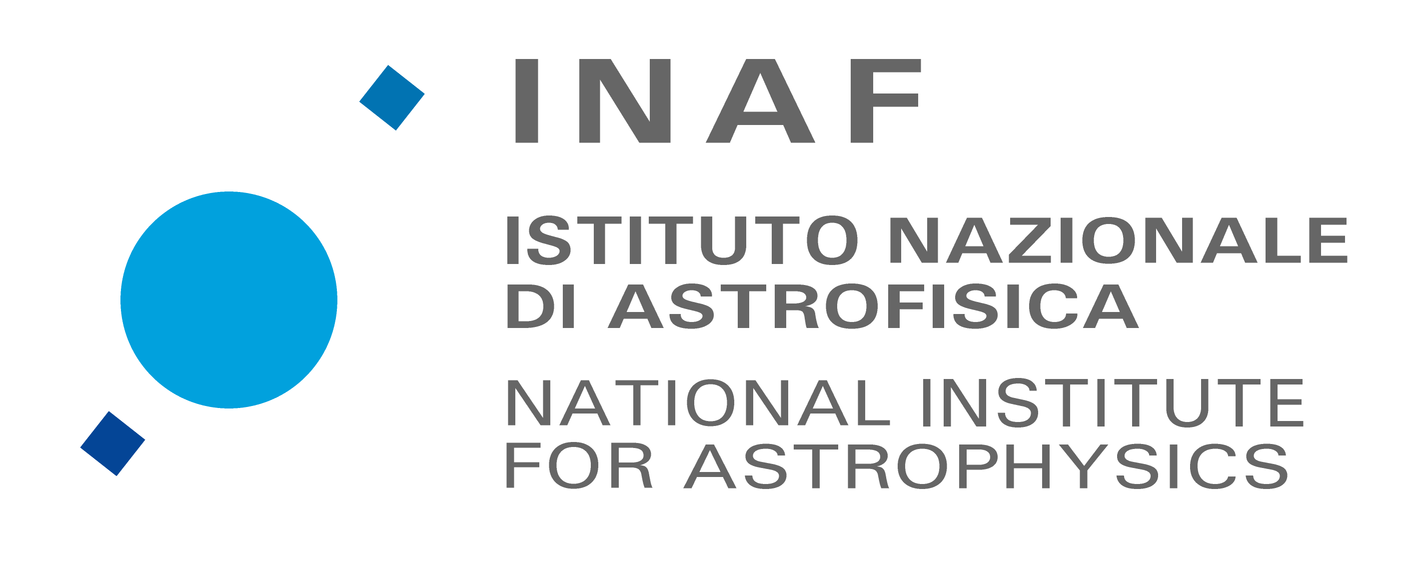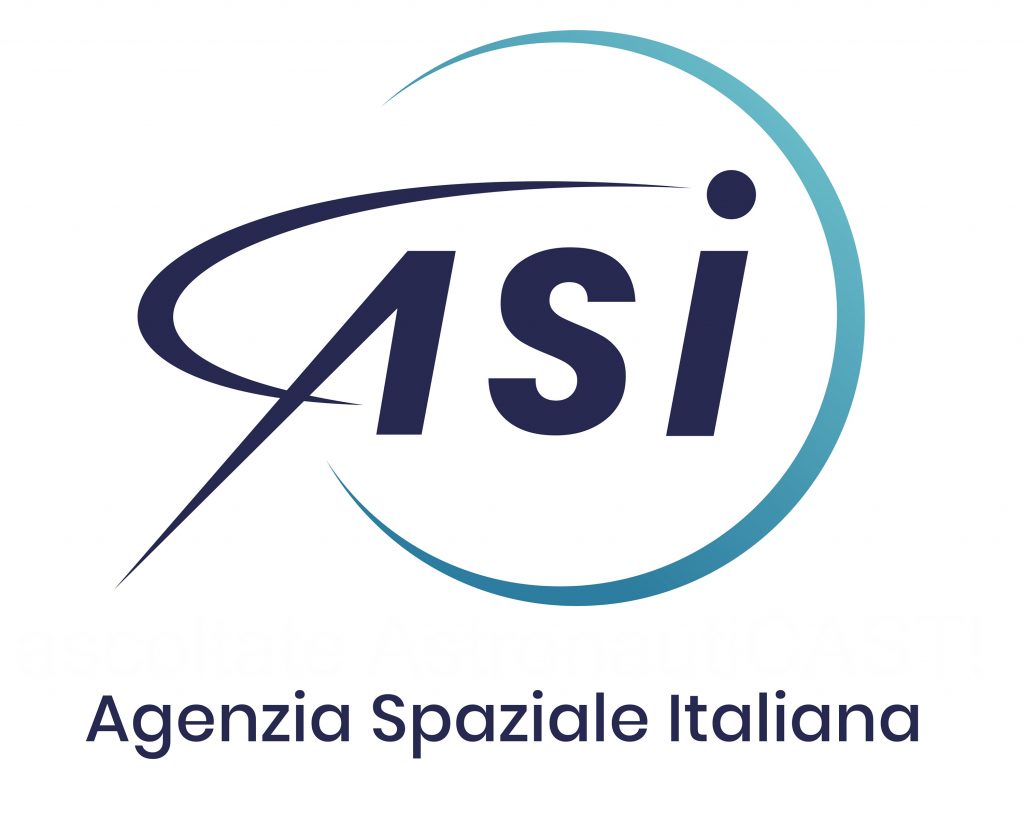PLATO Input Catalogue (PIC) Workshop (I)
Sala Consiliare, Provincia di Padova
This workshop is the first meeting of a series of thematic PLATO (Planetary Transit and Oscillations of stars) Input Catalog (PIC) workshops that aim at bringing together all researchers interested in building up a catalog of PLATO targets to be monitored during the mission lifetime.
PLATO is the third medium-class mission adopted by ESA within the Cosmic Vision program, presently under construction for a launch in 2026. PLATO main goal is to find and study a large number of extrasolar planets and planetary systems, with emphasis on the properties of terrestrial planets in the habitable zone around bright and nearby solar-like stars. PLATO has also been designed to perform asteroseismology, enabling the accurate characterization of planet host stars, including their mass and age.
High precision light curves of stars in the PLATO fields will be collected with a cadence between 2.5 sec to 50 sec (duty cycle > 93% / year). The enormous data rate does not allow us to download the single images. Imagettes around up to 20000 stars, and light curves for up to one million stars will be processed on-board and sent to Earth. A PLATO input catalog including positions and main parameters of PLATO targets is crucial to preselect the stars most appropriate for the main mission goal.
During the workshop, researchers interested in exoplanet science, stellar astrophysics and complementary science will have the opportunity to discuss the PLATO target selection, prioritization and characterization.
-
-
Welcome & Introduction
-
1
Welcome and Workshop purposesSpeaker: Giampaolo Piotto
-
1
-
Mission update - Chair: Granata
- 2
- 3
- 4
- 5
- 6
- 7
-
15:55
Coffee break
Coffee break is offered by INAF contribution
-
Target selection (WP13) - Chair: Deleuil
- 8
- 9
- 10
- 11
- 12
-
13
Discussion
-
-
-
Exoplanetary science (WP11) - Chair: Malavolta
- 14
- 15
- 16
- 17
-
18
Activity and activity cycles of PLATO target stars: PIC implicationsSpeaker: Nuccio Lanza
-
19
Simulation of end of mission Gaia catalogue in PLATO fieldsSpeaker: Josep Manel Carrasco
-
20
Discussion
-
11:00
Coffee break
Coffee break is offered by INAF contribution
-
Stellar science (WP12) - Chair: Aerts
- 21
-
22
Benchmark eclipsing binaries in the PLATO long-stare fieldsSpeaker: Pierre Maxted
-
23
Preparatory data needed for the non-seismic characterisation of the PLATO targetsSpeaker: Thierry Morel
- 24
-
25
Discussion
-
12:35
Lunch break
Lunch will be offered INAF contribution
-
Complementary science (WP16) - Chair: Goupil
-
26
Introduction to the PLATO-CSSpeaker: Conny Aerts
-
27
Complementary Science and PLATOSim/TESS/Gaia/Sloan linksSpeaker: Andrew Tkachenko
-
28
Galactic Archaeology with asteroseismology: lessons learned with CoRoT, Kepler, K2, and TESSSpeaker: Dr Cristina Chiappini
- 29
- 30
-
26
-
Technical aspects of the PIC - Chair: Pagano
- 31
-
32
PIC input for optimization of photometric extraction algorithmsSpeaker: Reza Samadi
- 33
- 34
-
35
From PIC to SOC to MOC to POC: the fate of PIC up to the spacecraftSpeaker: Antonio Villacorta
-
16:10
Coffee Break
Coffee break is offered by INAF contribution
-
PIC update process - Chair: Heras
- 36
- 37
- 38
- 39
-
Field selection (WP13) - Chair: Piotto
-
40
PLATO fields: constraints and scientific driversSpeaker: Valerio Nascimbeni
-
41
Discussion
-
40
-
20:30
Social Dinner at Trattoria da Giovanni -- meeting point at 19:30 in Piazza Garibaldi Via della Busa 9, 35038, Torreglia, Italia
Via della Busa 9, 35038, Torreglia, Italia
Via della Busa 9, 35038, Torreglia, Italia"Trattoria da Giovanni"
-
-
-
Follow-up science (WP14) - Chair: Pollacco
- 42
-
43
A priori information for follow-up: what shall be into the PICSpeaker: Stephan Udry
- 44
- 45
- 46
-
10:40
Coffee break
Coffee break is offered by INAF contribution
-
Interfaces - Chair: Ramsay
-
47
PIC and the PLATO World: the hard job to manage interfacesSpeaker: Riccardo Claudi (Istituto Nazionale di Astrofisica (INAF))
- 48
- 49
-
50
Discussion
-
47
-
Discussion & Wrap-up - Chair: G. Piotto
-







